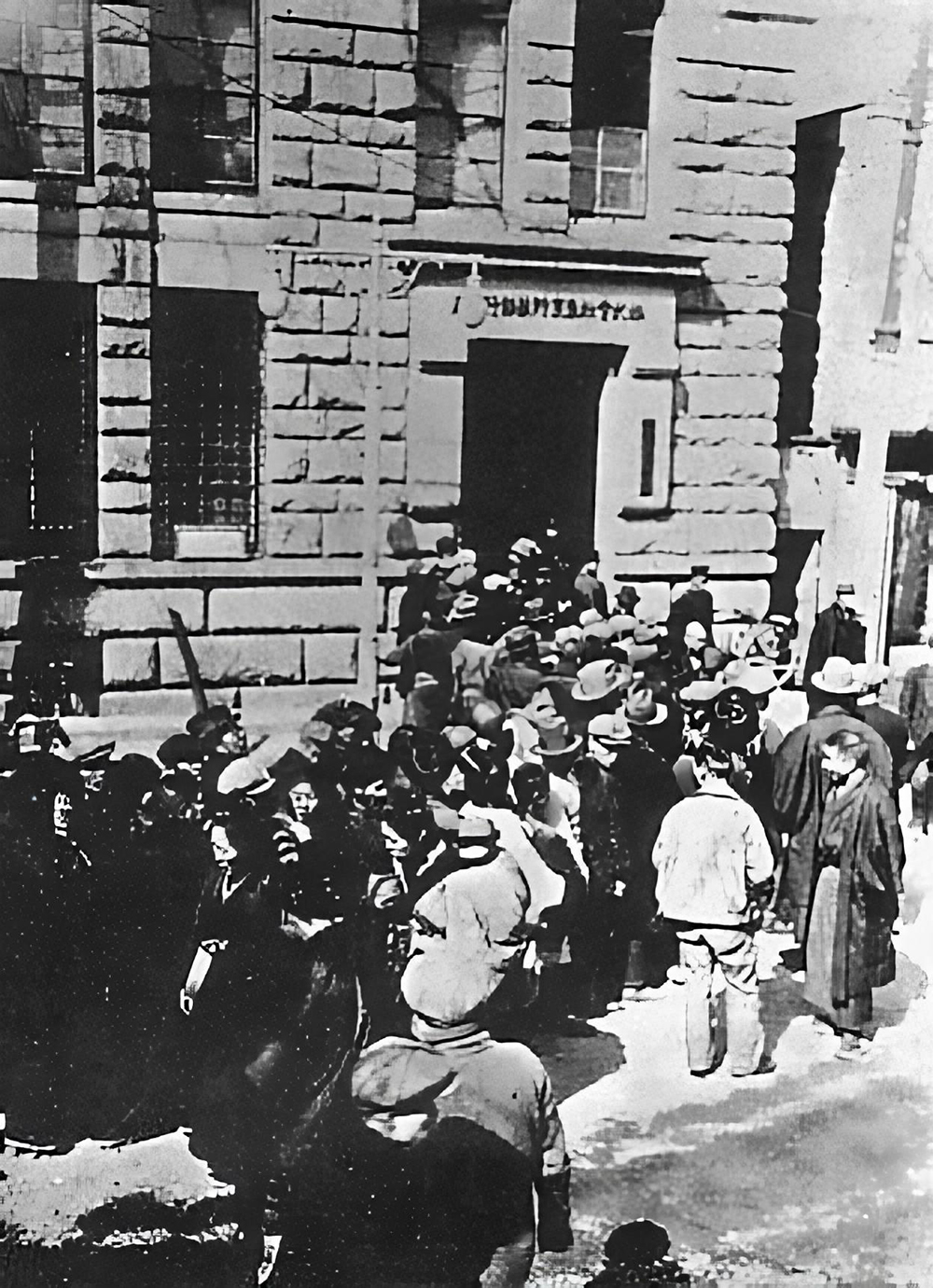Shōwa financial crisis on:
[Wikipedia]
[Google]
[Amazon]
 The was a financial panic in 1927, during the first year of the reign of Emperor
The was a financial panic in 1927, during the first year of the reign of Emperor
Hirohito
, Posthumous name, posthumously honored as , was the 124th emperor of Japan according to the traditional order of succession, from 25 December 1926 until Death and state funeral of Hirohito, his death in 1989. He remains Japan's longest-reigni ...
of Japan, and was a foretaste of the Great Depression
The Great Depression was a severe global economic downturn from 1929 to 1939. The period was characterized by high rates of unemployment and poverty, drastic reductions in industrial production and international trade, and widespread bank and ...
. It brought down the government of Prime Minister
A prime minister or chief of cabinet is the head of the cabinet and the leader of the ministers in the executive branch of government, often in a parliamentary or semi-presidential system. A prime minister is not the head of state, but r ...
Wakatsuki Reijirō and led to the domination of the ''zaibatsu
is a Japanese language, Japanese term referring to industrial and financial vertical integration, vertically integrated business conglomerate (company), conglomerates in the Empire of Japan, whose influence and size allowed control over signifi ...
'' over the Japanese banking industry {{set category, first= industries (branches of an economy), alternative=industries, topic=Industry (economics)
For other meanings of "industries", see :Industries.
...
.
The Shōwa Financial Crisis occurred after the post–World War I
World War I or the First World War (28 July 1914 – 11 November 1918), also known as the Great War, was a World war, global conflict between two coalitions: the Allies of World War I, Allies (or Entente) and the Central Powers. Fighting to ...
business boom in Japan. Many companies invested heavily in increased production capacity in what proved to be an economic bubble
An economy is an area of the Production (economics), production, Distribution (economics), distribution and trade, as well as Consumption (economics), consumption of Goods (economics), goods and Service (economics), services. In general, it is ...
. The post-1920 economic slowdown
In economics, a recession is a business cycle contraction that occurs when there is a period of broad decline in economic activity. Recessions generally occur when there is a widespread drop in spending (an adverse demand shock). This may be t ...
and the Great Kantō earthquake of 1923 caused an economic depression
An economic depression is a period of carried long-term economic downturn that is the result of lowered economic activity in one or more major national economies. It is often understood in economics that economic crisis and the following recession ...
, which led to the failures of many businesses. The government intervened through the Bank of Japan
The is the central bank of Japan.Louis Frédéric, Nussbaum, Louis Frédéric. (2005). "Nihon Ginkō" in The bank is often called for short. It is headquartered in Nihonbashi, Chūō, Tokyo, Chūō, Tokyo.
The said bank is a corporate entity ...
by issuing discounted "earthquake bonds" to overextended banks. In January 1927, when the government proposed to redeem the bonds, rumor spread that the banks holding these bonds would go bankrupt. In the ensuing bank run
A bank run or run on the bank occurs when many Client (business), clients withdraw their money from a bank, because they believe Bank failure, the bank may fail in the near future. In other words, it is when, in a fractional-reserve banking sys ...
, 37 banks throughout Japan (including the Bank of Taiwan
The Bank of Taiwan (BOT; ) is a commercial bank headquartered in Taipei, Taiwan. It was established in 1897-1899 as a Japanese policy institution or "special bank", similarly as the Nippon Kangyo Bank (est. 1897), Hokkaido Takushoku Bank (est. ...
) and the second-tier ''zaibatsu'' Suzuki Shoten went under. Prime Minister Wakatsuki Reijirō attempted to have an emergency decree issued to allow the Bank of Japan to extend emergency loans to save these banks, but his request was denied by the Privy Council, and he was forced to resign.
Wakatsuki was succeeded by Prime Minister Tanaka Giichi, who managed to control the situation with a three-week bank holiday and the issuance of emergency loans; however, as a result of the collapse of many smaller banks, the large financial branches of the five great ''zaibatsu'' houses dominated Japanese finances until the end of World War II
World War II or the Second World War (1 September 1939 – 2 September 1945) was a World war, global conflict between two coalitions: the Allies of World War II, Allies and the Axis powers. World War II by country, Nearly all of the wo ...
.
See also
* Fifteenth BankReferences
Sources
* * {{DEFAULTSORT:Showa Financial Crisis Economy of the Empire of Japan 1927 in Japan Financial crises 1927 in economic history 1923 Great Kantō earthquake Banking in Japan Zaibatsu